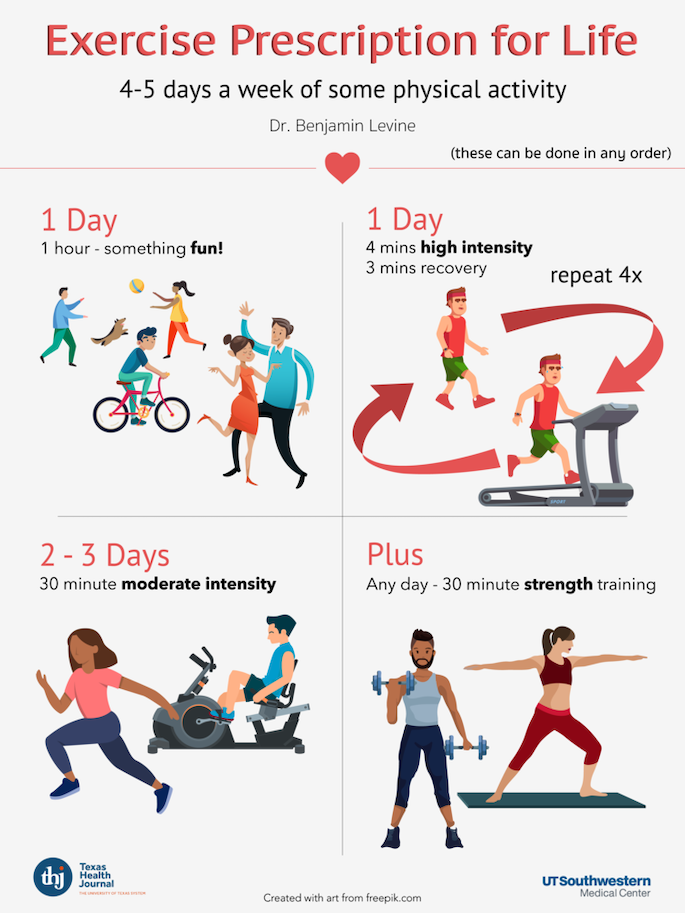There is no denying the numerous benefits of incorporating cardio workouts into your fitness routine. Not only does cardio improve cardiovascular health, but it also assists in weight management, boosts mood, increases endurance, and reduces the risk of chronic diseases. But have you ever wondered about the science behind effective cardio workouts? What makes certain workouts more effective than others? Let’s dive into the research and uncover the secrets behind optimal cardio workouts.
To begin, let’s understand the importance of the cardiovascular system. This intricate network of blood vessels, the heart, and lungs work together to deliver oxygen and nutrients to our muscles while removing waste products. The goal of a cardio workout is to challenge and strengthen this system, ultimately improving its efficiency. When we engage in cardiovascular exercise, our heart rate increases, and our breathing becomes deeper to meet the increased oxygen demands of our working muscles.
Intensity plays a crucial role in the effectiveness of a cardio workout. When it comes to intensity, two terms commonly used are steady-state cardio and high-intensity interval training (HIIT). Steady-state cardio involves performing an exercise at a relatively constant intensity for an extended period. On the other hand, HIIT alternates between periods of high-intensity exercise and short recovery periods. Both types of cardio workouts have their benefits, so let’s delve into the science behind each.
Steady-state cardio exercises, such as jogging, swimming, or cycling, are widely popular. These workouts typically last for at least 30 minutes and aim to keep the heart rate elevated within a moderate intensity range. Steady-state cardio is known to improve endurance by strengthening the cardiovascular system and increasing the number of capillaries in our muscles. This leads to better oxygen delivery and enhanced aerobic capacity.
The key scientific principle at play during steady-state cardio is known as the “steady-state plateau.” When we maintain a constant intensity during exercise, our body adapts by increasing blood flow to the working muscles, optimizing oxygen and nutrient delivery. This adaptation occurs as our heart becomes stronger, our lungs improve their efficiency, and muscles develop better blood vessel networks. These physiological changes result in improved endurance, making steady-state cardio an integral part of any fitness routine.
On the other hand, HIIT has gained significant popularity in recent years due to its time efficiency and potential for fat loss. HIIT workouts involve short bursts of maximum effort exercise called “work” intervals, followed by brief periods of recovery. The duration of these intervals can vary, but they are typically around 20-60 seconds. HIIT workouts can be tailored to various exercises, such as sprints, burpees, or kettlebell swings.
The main scientific benefit of HIIT lies in its ability to enhance EPOC (Excess Post-Exercise Oxygen Consumption), also known as the “afterburn effect.” During high-intensity intervals, our body goes into oxygen debt, and the demand for oxygen remains high even after the workout. This leads to an increased metabolic rate for several hours post-workout, resulting in more calories burned compared to traditional steady-state cardio.
Moreover, HIIT has been found to improve insulin sensitivity, allowing our bodies to utilize carbohydrates more effectively. This is particularly important for individuals with conditions like diabetes or those trying to manage their weight. Research has also shown that incorporating HIIT workouts can result in improvements in VO2 max, a measure of aerobic fitness, to a similar extent as steady-state cardio but in a shorter amount of time.
While steady-state cardio and HIIT have their own unique benefits, the key to an effective cardio workout lies in finding a balance between the two. Incorporating both steady-state and HIIT workouts into your routine can provide a well-rounded approach to cardiovascular fitness and overall health. It is essential to listen to your body and choose the type of workout that aligns with your goals, preferences, and current fitness level.
In conclusion, understanding the science behind effective cardio workouts can help you optimize your fitness routine and achieve your goals more efficiently. Whether you prefer steady-state cardio or HIIT, both types of workouts have significant benefits for cardiovascular health, endurance, and weight management. By keeping the intensity level appropriate and incorporating a combination of steady-state and HIIT workouts, you can experience the full array of physiological changes that occur during cardio exercises. So, lace up your sneakers, find the cardio routine that resonates with you, and let the science guide you towards a healthier, fitter you.

